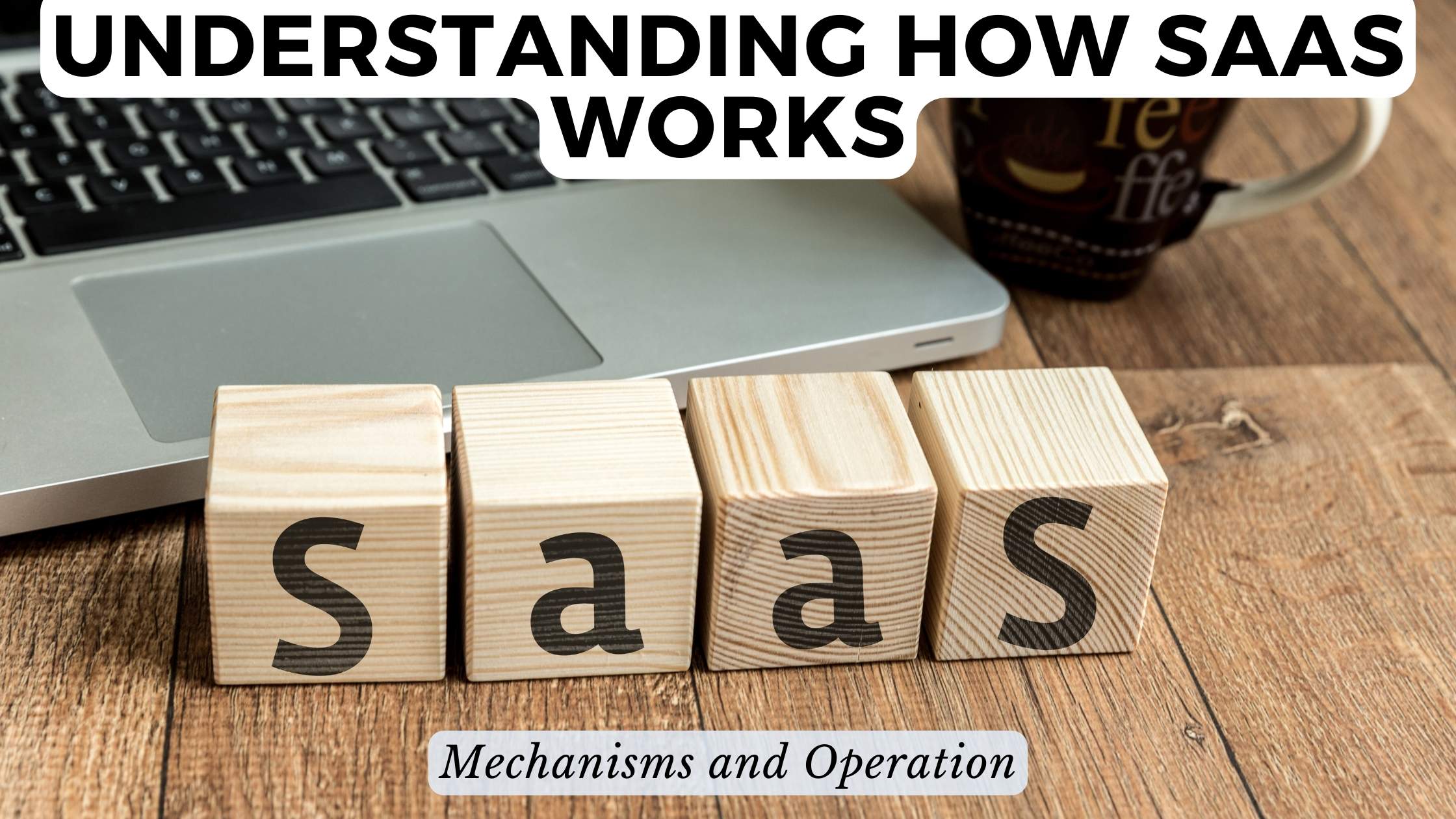Understanding How SaaS Works: Mechanisms and Operation
- Expense Management Software Credit Cards Investing Business Solutions


Understanding How SaaS Works: Mechanisms and Operation
Software as a Service (SaaS) has revolutionized the way businesses access and utilize software applications. Unlike traditional software models that require installation on individual devices, SaaS delivers applications over the internet, providing users with on-demand access to software and its features. In this article, we’ll delve into the mechanisms and operation of SaaS, exploring its key components and how it functions to meet the needs of modern businesses.
Key Components of SaaS
1. Cloud Infrastructure:
At the core of SaaS lies a robust cloud infrastructure, typically hosted and maintained by the SaaS provider. This infrastructure comprises servers, storage, networking components, and other resources necessary for delivering software applications over the internet. Leveraging cloud technology enables scalability, flexibility, and accessibility, allowing users to access SaaS applications from any location with an internet connection.
2. Multi-Tenancy Architecture:
SaaS applications are built on a multi-tenancy architecture, where a single instance of the software serves multiple users or tenants simultaneously. Each user accesses the application through a web browser or API, with their data and configurations securely isolated from other users. This shared infrastructure model optimizes resource utilization, reduces costs, and streamlines software updates and maintenance.
3. Subscription Model:
One of the defining features of SaaS is its subscription-based pricing model. Instead of purchasing software licenses upfront, users pay a recurring subscription fee to access the software on a monthly or annual basis. This subscription model offers flexibility and affordability, allowing businesses to scale their usage according to their needs and budget, without incurring significant upfront costs.
4. Automatic Updates and Maintenance:
SaaS providers are responsible for maintaining and updating the software, ensuring that users always have access to the latest features and security patches. Unlike traditional software deployment models that require manual updates and patches, SaaS applications are automatically updated by the provider, minimizing downtime and reducing the burden on IT teams.
5. Data Security and Compliance:
As SaaS applications handle sensitive business data, robust security measures are essential to protect against unauthorized access, data breaches, and compliance violations. SaaS providers implement encryption, access controls, and other security measures to safeguard user data, ensuring compliance with industry regulations such as GDPR, HIPAA, and SOC 2.
Relevant SaaS Products for Understanding SaaS Operation
- Salesforce: Salesforce is a leading SaaS provider offering customer relationship management (CRM) solutions, demonstrating the multi-tenancy architecture and subscription-based model.
- Google Workspace: Formerly G Suite, Google Workspace provides cloud-based productivity tools like Gmail, Google Drive, and Google Docs, showcasing the benefits of cloud infrastructure and automatic updates.
- Microsoft 365: Microsoft 365 offers a suite of SaaS applications including Office 365, Teams, and SharePoint, highlighting the advantages of subscription-based pricing and data security.
- Zoom: Zoom is a popular SaaS platform for video conferencing and collaboration, illustrating the scalability and accessibility enabled by cloud technology.
- HubSpot: HubSpot provides inbound marketing and sales software, demonstrating the seamless integration of SaaS applications and data security features.
Conclusion: Unveiling the Mechanics of SaaS
In conclusion, SaaS operates on a cloud-based infrastructure, leveraging multi-tenancy architecture, subscription pricing, automatic updates, and robust security measures to deliver software applications over the internet. By understanding the mechanisms behind SaaS, businesses can harness its capabilities to enhance productivity, scalability, and cost-efficiency. With the right combination of SaaS products and platforms like Salesforce, Google Workspace, Microsoft 365, Zoom, and HubSpot, businesses can streamline operations, drive innovation, and stay competitive in today’s digital landscape.
For businesses seeking to optimize their SaaS stack and explore new software solutions, Subscribed.FYI offers valuable insights and resources. By providing a centralized platform for comparing, evaluating, and selecting SaaS tools, Subscribed.FYI empowers businesses to make informed decisions and navigate the complexities of SaaS subscriptions effectively.
Relevant Links:





